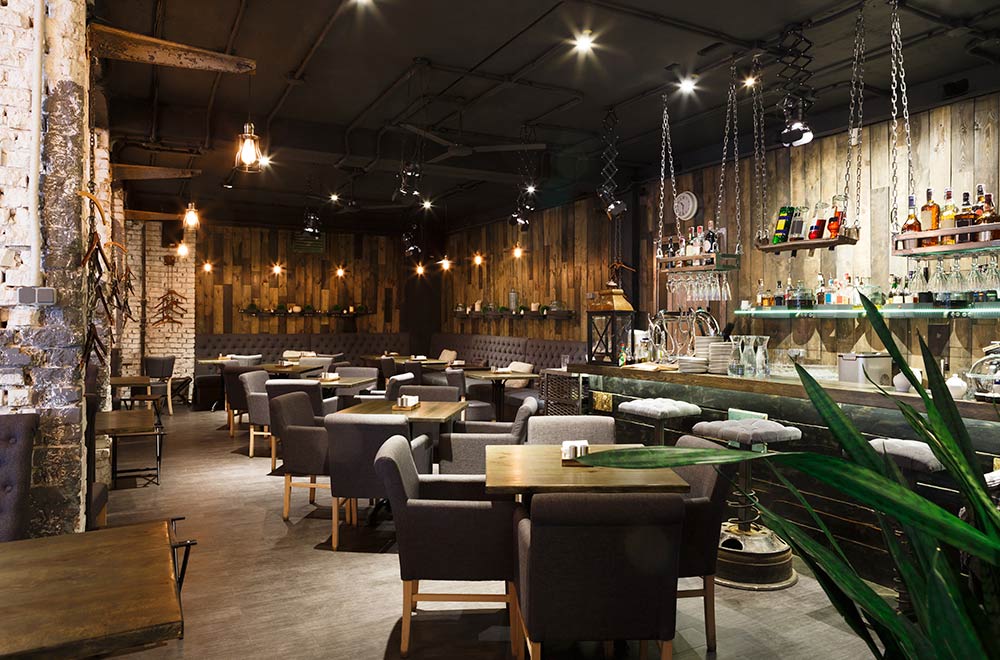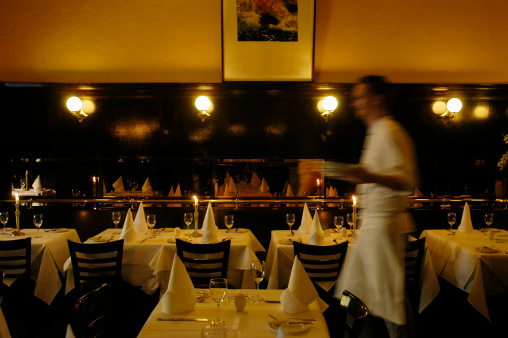Instagrammable Restaurants Islamabad: Picture-Perfect Dining Knowledge
Instagrammable Restaurants Islamabad: Picture-Perfect Dining Knowledge
Blog Article
Savor Authentic Eastern Food With a Pan-Asian Spin for a Culinary Experience
Embarking on a cooking trip through genuine Asian food, enhanced with a Pan-Asian spin, offers a distinct opportunity to explore the abundant tapestry of tastes that specify the area's diverse cooking practices. As you ponder these luring meals, take into consideration the cultural narratives and historical influences that form them, each bite providing a story waiting to be found. best asian restaurant Islamabad.

Checking Out Pan-Asian Flavors
In the world of worldwide gastronomy, Pan-Asian cuisine stands out for its impressive diversity and the unified interaction of flavors from various Eastern societies. This culinary strategy commemorates the rich practices and special components found across the continent, developing a tapestry of tastes that is both interesting and enjoyable. Trick to Pan-Asian cuisine is its ability to stabilize contrasting tastes-- wonderful, salty, spicy, and sour-- while highlighting the freshness and quality of each component.
From the umami-rich soy sauce of Japan to the intense chili peppers of Thailand, Pan-Asian food offers a comprehensive palette of flavors. These elements are commonly integrated in creative ways, enhancing recipes with layers of intricacy. As an example, using aromatic herbs such as lemongrass and cilantro, typical in Vietnamese and Thai cuisine, includes a refreshing illumination to recipes, while the unification of coconut milk provides a creamy, rich appearance.
The focus on fresh produce and fragrant seasonings ensures that each meal is not just a feast for the taste buds however likewise for the detects. Pan-Asian food invites diners to embark on a cooking journey, checking out the substantial and differed landscapes of Asian gastronomy with every bite.
Fusion Dishes to Attempt
While Pan-Asian cuisine is celebrated for its conventional flavors, the modern culinary landscape is significantly embracing fusion meals that blend these traditional elements with impacts from other areas. This innovative technique not just honors the rich heritage of Eastern cookeries however additionally introduces unique taste experiences that attract contemporary tastes.
An archetype of such a fusion dish is the Korean-Mexican taco, where marinaded bulgogi beef is wrapped in a cozy tortilla, topped with kimchi and a zesty gochujang-infused salsa. This mix weds the strong, full-flavored tastes of Korea with the vivid, fresh aspects of Mexican food. Similarly, sushi burritos have actually gotten popularity, amalgamating the fragile creativity of Japanese sushi with the hearty, hand-held comfort of a burrito, commonly including fusion components like tempura shrimp and avocado with a drizzle of wasabi mayo.
Another significant recipe is Thai curry ramen, which instills the velvety, aromatic flavors of Thai curry right into the reassuring broth of typical Japanese ramen, creating a harmonious mix that entices the detects. These blend meals expand past mere uniqueness; they stand for a cooking discussion between cultures, urging expedition and advancement in the globe of Pan-Asian cuisine.
Vital Components and Flavors
To genuinely value Pan-Asian cuisine, one must recognize the crucial active ingredients and seasonings that create its structure. This diverse cooking style attracts from an abundant tapestry of Oriental customs, utilizing a harmonious blend of structures and tastes. Key active ingredients include soy sauce, fish sauce, and oyster sauce, which present a tasty umami depth necessary to Asian dishes. Complementary to these are rice vinegar and mirin, lending a delicate acidity and sweet taste.
Fragrant elements are crucial, with lemongrass, garlic, and ginger being common across various Pan-Asian recipes. These components provide an aromatic base that enhances the intricacy of tastes. Spices such as celebrity anise, cardamom, and cinnamon introduce heat and character, resembling impacts from regions like China and India.

Cooking Methods and Tips
Understanding the art of Pan-Asian food needs familiarity with its distinctive food preparation methods, each adding to the dynamic tapestry of flavors this culinary practice is commemorated for. Central to these methods is the stir-fry, a quick cooking strategy that maintains the nutritional stability and dazzling colors of components. Utilizing a frying pan, the stir-fry technique permits even warm circulation, necessary for attaining the particular structure and flavor equilibrium of Pan-Asian recipes.
An additional essential strategy is steaming, especially prevalent in Chinese food. This gentle method preserves the natural tastes and nutrients of ingredients, making it excellent for seafood and veggies. Dumplings, a beloved staple, commonly benefit from steaming, resulting in soft, succulent structures.
Cooking, likewise important, gives smoky midsts to recipes such as Korean bulgogi or Japanese yakitori (best asian restaurant Islamabad). This technique frequently involves marinading components, allowing tastes to permeate deeply prior to food preparation over an open fire or warmer
Finally, grasping the art of stabilizing flavors-- wonderful, sour, salted, bitter, and umami-- is important. Correctly layering these elements can boost a dish from ordinary to extraordinary, using a complex and satisfying cooking experience that symbolizes the significance of Pan-Asian cuisine.
Dining Experiences Worldwide
Around the world, Pan-Asian cuisine uses an exceptional eating experience, celebrated for its abundant tapestry of flavors and lively presentations. This culinary phenomenon has gone beyond social borders, capturing the hearts and tastes of food enthusiasts worldwide. In cosmopolitan cities like New York, London, and Sydney, Pan-Asian dining establishments function as fusions where culinary practices from Thailand, Japan, China, and past merge, providing diners with a diverse mix of meals that highlight the area's variety.
The global allure of Pan-Asian food depends on its capability to provide both authenticity and advancement. Chefs skillfully wed conventional components such he has a good point as lemongrass, soy sauce, and miso with contemporary strategies, causing recipes that are both refreshingly brand-new and familiar. This fusion enables restaurants to start a cooking journey that appreciates heritage while welcoming modernity.
In addition, dining experiences are boosted through attentively designed get redirected here environments that mirror the principles of Pan-Asian visual appeals. From minimal Japanese-inspired interiors to dynamic Thai-themed rooms, each restaurant supplies an unique setting that enhances the culinary offerings. Therefore, customers are not just eating a meal however partaking in a cultural experience, making Pan-Asian eating a truly global phenomenon.
Conclusion
The exploration of Pan-Asian food supplies an extensive understanding of the intricate interplay of flavors and cooking traditions across Asia. By accepting fusion meals such as Thai curry ramen and sushi burritos, the cooking journey not only highlights the versatility of traditional components but additionally showcases ingenious modern-day strategies. This gastronomic experience, improved by cooking techniques and necessary flavors, offers a special chance to appreciate the multiculturalism and cooking creativity that specify Pan-Asian food on a global range.
Getting started on a culinary journey via genuine Eastern food, boosted click resources with a Pan-Asian twist, uses an unique opportunity to discover the rich tapestry of tastes that specify the area's diverse cooking traditions.In the realm of worldwide gastronomy, Pan-Asian cuisine stands out for its remarkable diversity and the harmonious interplay of flavors from different Oriental societies. Key to Pan-Asian cuisine is its capacity to stabilize contrasting tastes-- sweet, salty, spicy, and sour-- while highlighting the freshness and quality of each ingredient.

Report this page